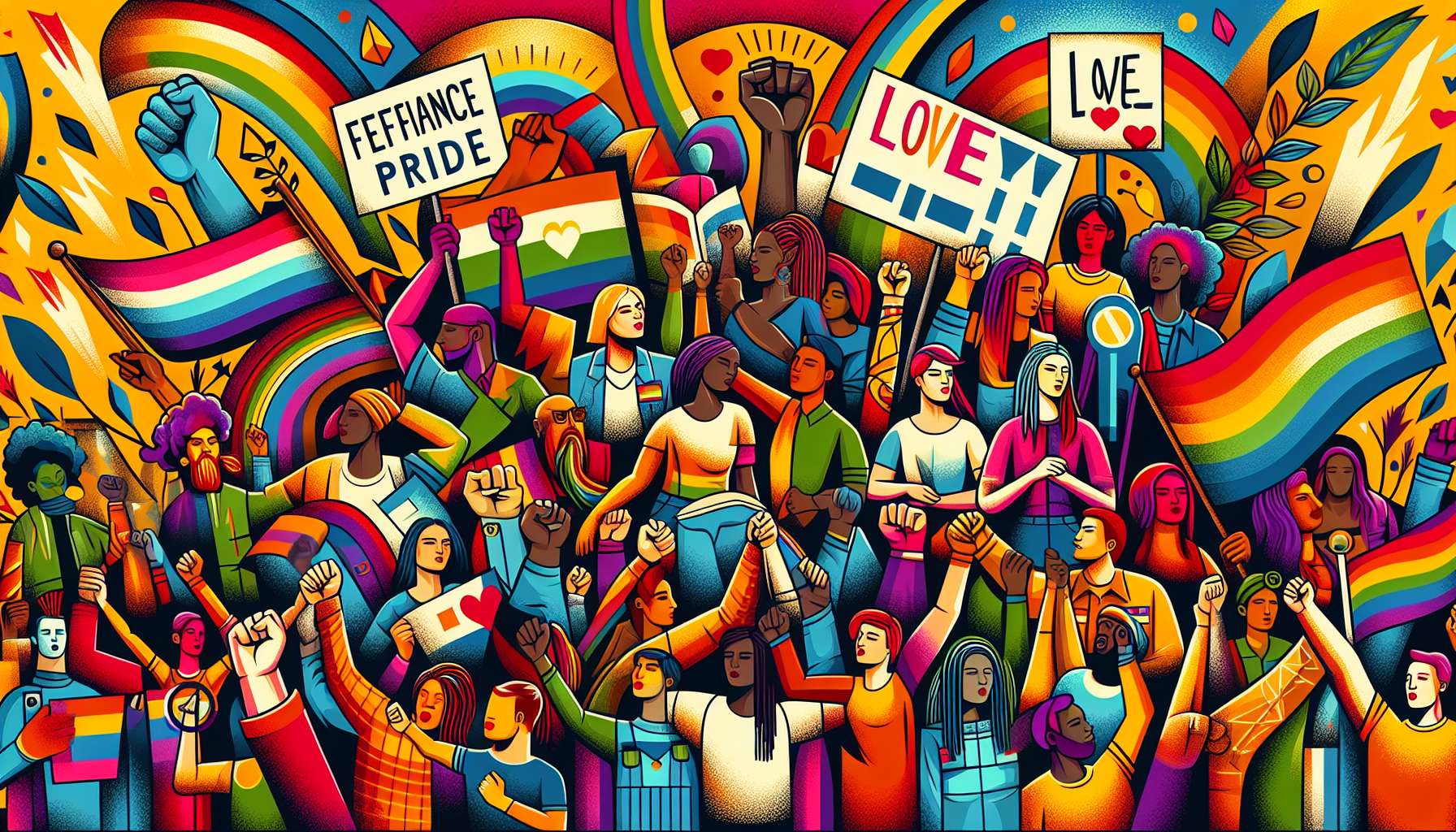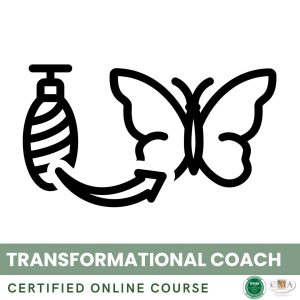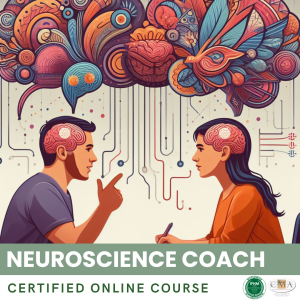Queer people make up a significant and radical percentage of the LGBTQ+ community. The term “queer”, historically used as an insult, was reclaimed in the 1990s as a political identity and a tool for social criticism. Beyond a specific sexual orientation or gender identity, being queer means challenging dominant norms, binaries, and hierarchies in terms of gender and sexuality.
The queer movement took root in the LGBTQ+ subcultures of the 1960s-1970s, particularly ballroom and drag culture. These spaces allowed the emergence of fluid, non-conforming gender expressions, celebrating the diversity and creativity of identities. The documentary “Paris is Burning” (1990) immortalized this scene, highlighting legendary figures such as Pepper LaBeija, Willi Ninja, and Venus Xtravaganza.
On a theoretical level, queer thinking developed at the intersection of feminist studies, gay and lesbian studies, and poststructuralist theory. Authors like Judith Butler, Eve Kosofsky Sedgwick, or Teresa de Lauretis proposed a conception of gender and sexuality as social, performative, and fluid constructions, rather than fixed and natural essences. Their approach challenges the binary man/woman, hetero/homo system, and the power relations that underpin it.
This criticism translates into practices of subversion and resistance in the daily lives of queer people. This can take the form of non-conforming gender expressions, affective and sexual relationships outside traditional patterns (non-monogamy, BDSM, queer vanilla sex), a rejection of injunctions to respectability and assimilation. Queer aesthetics, with figures like Leigh Bowery or Vaginal Davis, play with the codes of masculinity and femininity, glamour and grotesque, to create novel and disturbing representations.
Politically, queer activists have been at the forefront of the fight against HIV/AIDS, with groups like ACT UP using strategies of direct action and civil disobedience to demand a public response to the epidemic. Today, queer activists are engaged in anti-racist, feminist, anti-capitalist struggles, with an intersectional approach that takes into account the interlocking systems of oppression. Slogans like “No Pride for some of us without liberation for all of us” reflect this vision of a global and solidary struggle.
Being queer also means creating alternative spaces and communities, on the margin of commercial and mainstream circuits. Places like the Queer Zine Archive Project in Milwaukee or the Queer Tango Klub in Berlin offer resources and activities self-managed by and for queer people. Festivals like Queer Lisboa in Portugal or the Fierce Festival in England highlight queer artistic and cultural productions, often experimental and underground.
As an LGBTQ+ coach, it is essential to be aware of the radicality and diversity of queer identities and experiences. This implies adopting a non-normative and inclusive approach, leaving room for the exploration and self-determination of each individual. It also means knowing how to guide towards specific community resources, like LGBTQ+ Centers, which often offer queer activities and discussion groups. The goal is to allow each person to build their identity and relationships in a free and fulfilling way, without conforming to pre-established models.
Key points to remember :
– The term “queer”, once an insult, has been reclaimed as a political identity and a tool for social criticism, challenging the dominant norms of gender and sexuality.
– The queer movement took root in the LGBTQ+ subcultures of the 1960s-1970s, particularly ballroom and drag culture, celebrating the fluidity and diversity of gender identities.
– Influenced by feminist, gay, and lesbian studies and poststructuralist theory, queer thinking considers gender and sexuality as fluid social constructions rather than fixed essences.
– Queer people practice subversion in their daily lives through non-conforming gender expressions, alternative affective and sexual relationships, and aesthetics that play with gender codes.
– Queer activists have been pioneers in the fight against HIV/AIDS and are engaged in intersectional struggles against various systems of oppression.
– The queer community creates alternative spaces and resources (archives, festivals, self-managed places) on the margins of mainstream circuits.
– As a coach, it is important to adopt an inclusive and non-normative approach, allowing room for free identity exploration, and to guide towards existing queer community resources.
👉 To download docx (Editable) file click here : Click here
👉 To download PDF file click here : Click here
👉 To download MP3 file click here : Click here







